Table of Contents
Saab’s Timeless Appeal: A Reflection on AutoWeek.nl’s Analysis
Even more than a decade after production ceased, Saab remains a beloved and intriguing presence in the automotive world, as highlighted by the recent analysis on AutoWeek.nl. The Dutch media outlet posed a fascinating question: Can you gain an advantage by purchasing cars from discontinued brands? Saab is a shining example in their exploration, demonstrating that some brands live on through their quality, engineering, and community support.
AutoWeek.nl’s analysis underscores that while many discontinued brands fade into obscurity, Saab has maintained an almost legendary status. Its timeless design, turbocharged engines, and unique approach to safety and innovation have allowed it to remain a strong contender in the used car market. But why is this the case? Let’s dive deeper into Saab’s enduring legacy, viewed through the lens of the Dutch media’s observations and the broader Saab enthusiast community.

Saab’s Legacy in a Sea of Forgotten Brands
The AutoWeek.nl article groups Saab alongside other defunct manufacturers like Rover, Daihatsu, and Fisker. While the challenges of maintaining cars from defunct brands are a recurring theme, Saab stands out as a brand that has retained its value and desirability far more successfully.
Saab’s edge, as noted by AutoWeek.nl, comes from:
- Strong aftermarket and enthusiast support: Unlike some brands where parts have become a nightmare, Saab benefits from a thriving network of suppliers and passionate owners who keep the cars on the road.
- Unique engineering: From turbocharging to safety innovations, Saabs remain technically interesting cars that attract knowledgeable buyers.
- Community-driven reputation: Whether through forums, local clubs, or global events like the Saab Festival, the brand has a loyal following that creates demand for its cars.
While brands like Rover struggle with parts and Daihatsu models feel outdated, Saab continues to hold its own as a practical yet characterful choice in the used market.
Read the full AutoWeek.nl article here for more insights into how Saab compares to other discontinued brands.
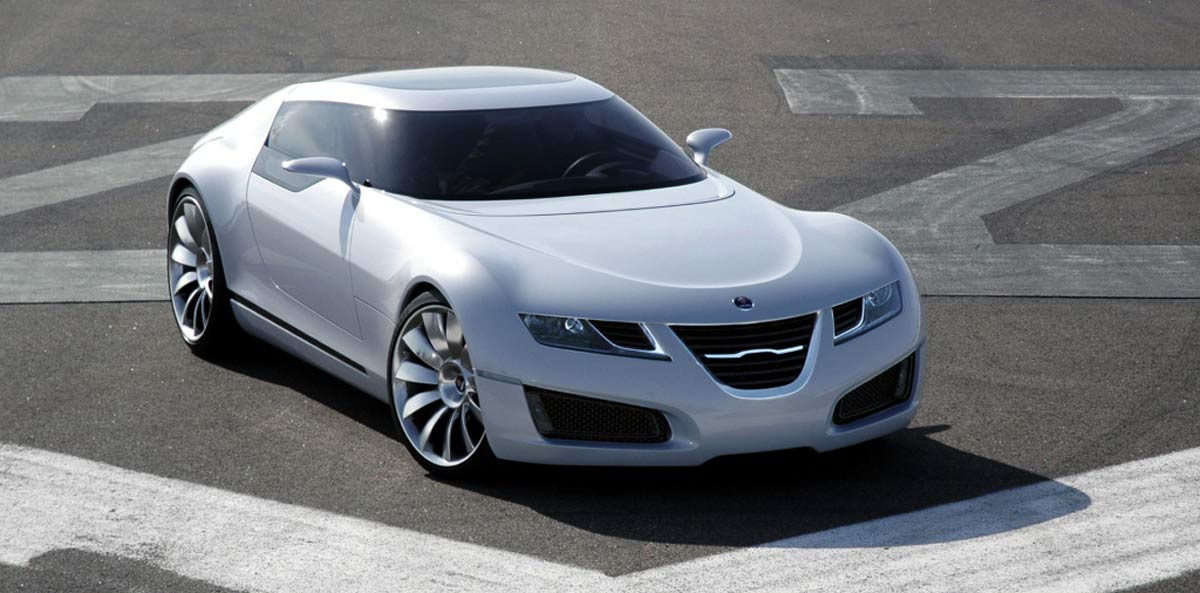
Why Saab Still Shines
Saab’s appeal is more than just nostalgia—it’s rooted in practical benefits that other discontinued brands often lack. While AutoWeek.nl rightly emphasizes the strong aftermarket support and enthusiast community, it’s worth highlighting a few additional points:
- Resilient engineering: Many Saabs were over-engineered, designed to last far longer than comparable vehicles. Even today, models like the Saab 9-3 and 9-5 deliver excellent reliability.
- Turbocharged innovation: Saab was one of the early adopters of turbocharging for mass-market cars, and their implementation remains a benchmark for balanced performance and efficiency.
- Affordable luxury: Unlike many discontinued luxury brands that have become prohibitively expensive to maintain, Saab offers a sweet spot of affordability and refinement.
Saab’s story, as seen through AutoWeek.nl’s analysis, is proof that a discontinued brand can still thrive—provided it has the right combination of quality, character, and community support.
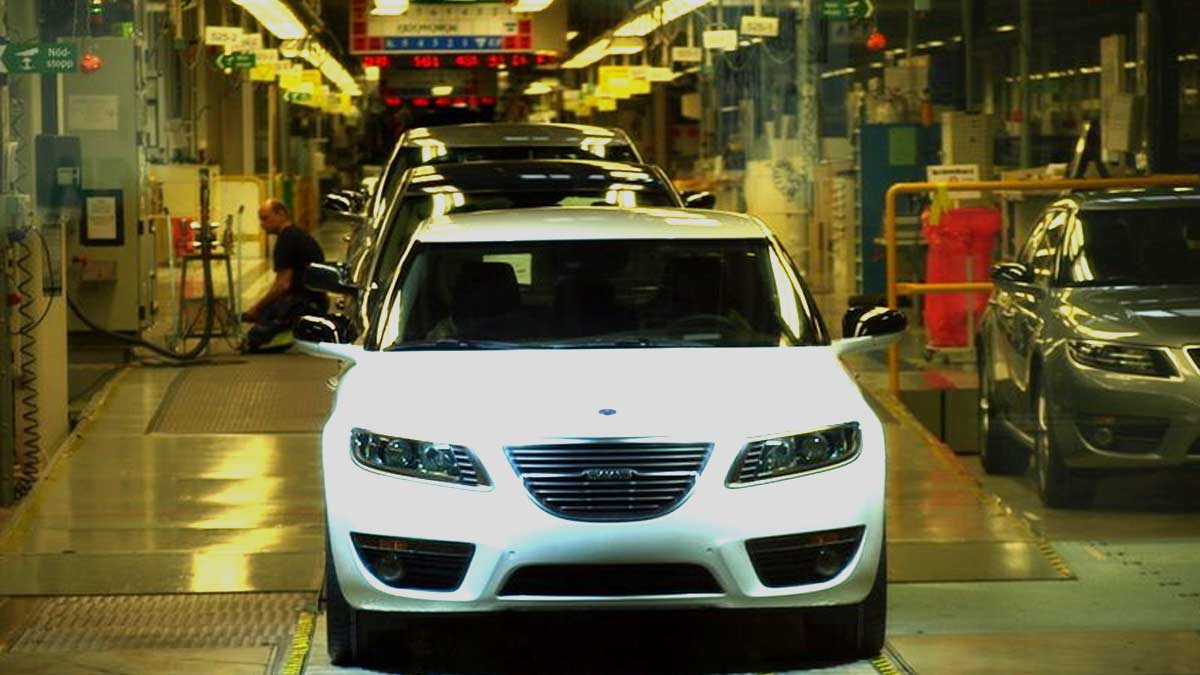
Lessons from the AutoWeek.nl Analysis: Saab as a Smart Investment
AutoWeek.nl’s exploration also touches on the financial perspective of owning a discontinued brand. While some might see risk in buying a car no longer in production, the Dutch analysis points out that Saab’s affordability and longevity make it a practical investment.
For example, models like the Saab 9-5 Aero, which blend luxury and performance, can be found at competitive prices, often far below what you’d pay for a similar car from BMW or Mercedes. These cars are holding their value well, especially rare or well-maintained examples.
The article also highlights the importance of researching the availability of parts and service options before purchasing a discontinued brand. Here, Saab has an edge, with dedicated suppliers like Hedin parts – Orio AB and active enthusiast networks ensuring a reliable supply chain.
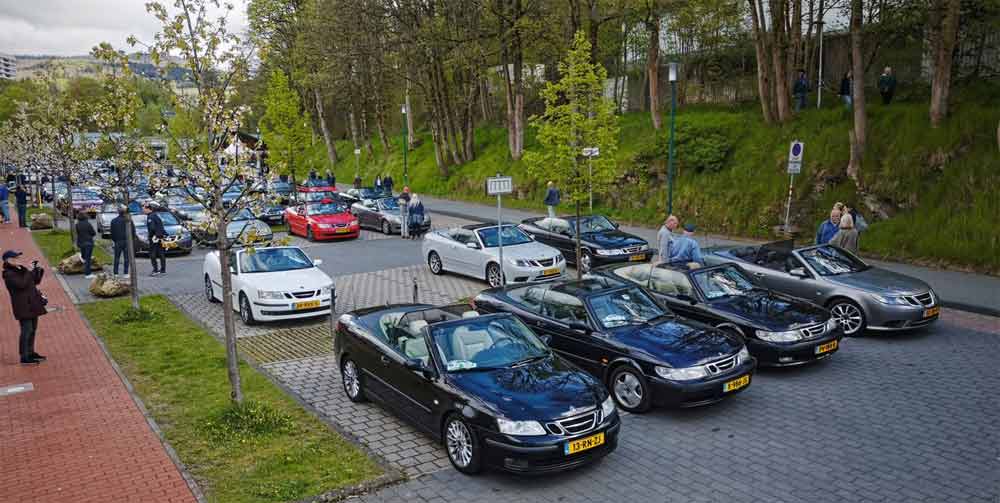
Saab in 2024: A Brand That Refuses to Die
More than 12 years after its final production cars rolled out of Trollhättan, Saab remains a vibrant part of automotive culture. The AutoWeek.nl article captures this sentiment perfectly: Saab isn’t just surviving—it’s thriving, thanks to a loyal community and a strong legacy of innovation.
While many other discontinued brands have faded from memory, Saab’s story continues to be written by its fans, drivers, and collectors. From the classic 900 Turbo to the modern 9-5 NG SportCombi, these cars offer something that today’s cookie-cutter models often lack: individuality.
For anyone inspired by AutoWeek.nl’s analysis, the conclusion is clear: If you’re considering a car from a discontinued brand, Saab should be at the top of your list.







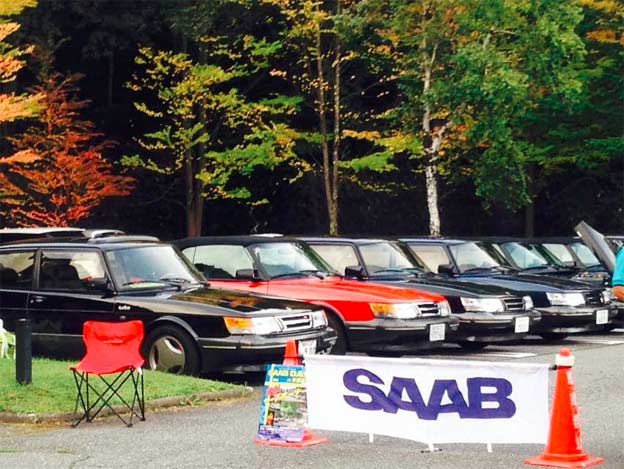


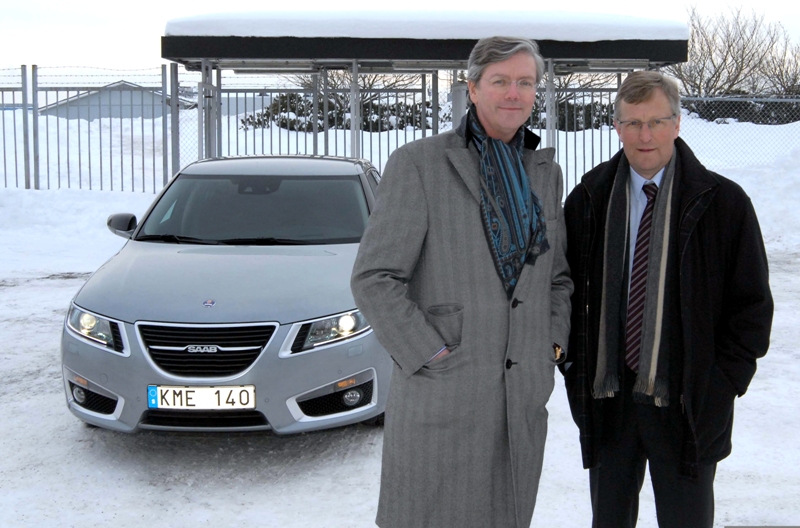

The only down-side to buying a SAAB (certainly in the UK) is the cost of road taxed. My standard 2009 9³ 1.8t auto convertible costs over £730 per year to tax.
disabled tax class glitch
eps here in Nl 1000 eu per year… for my Caab 2004 😁🙈